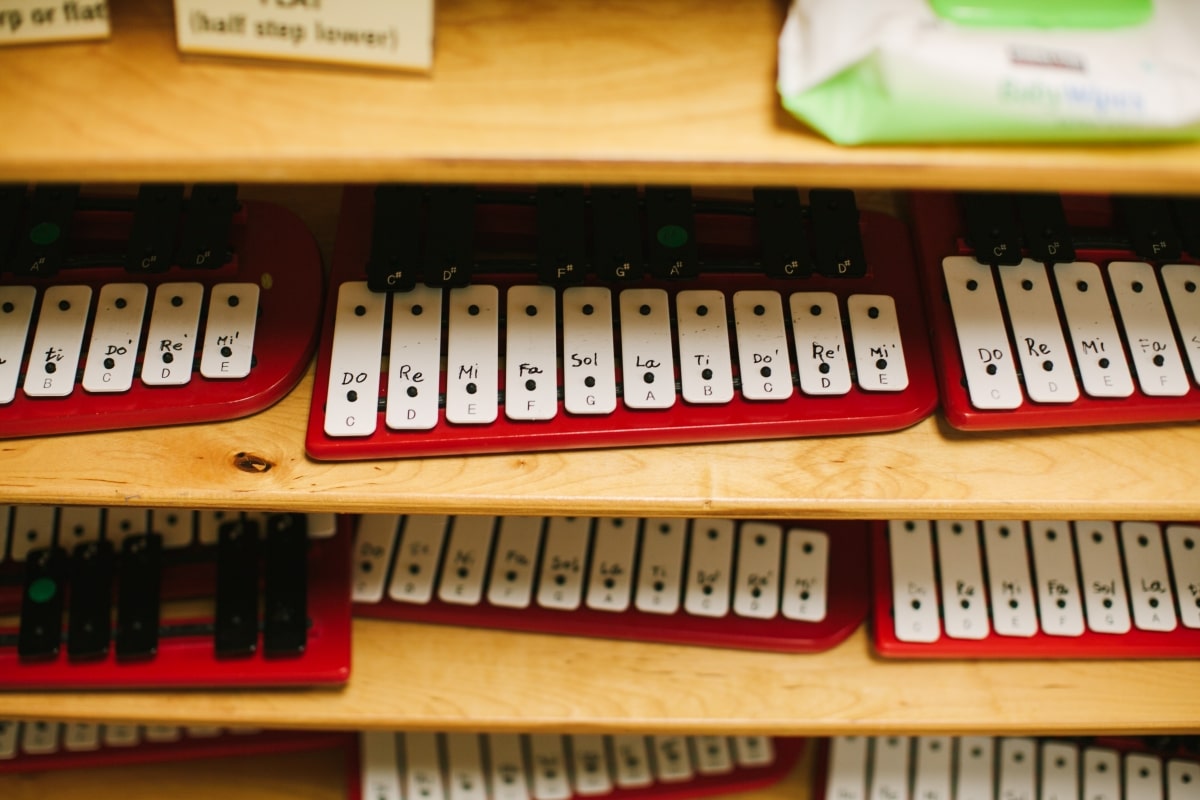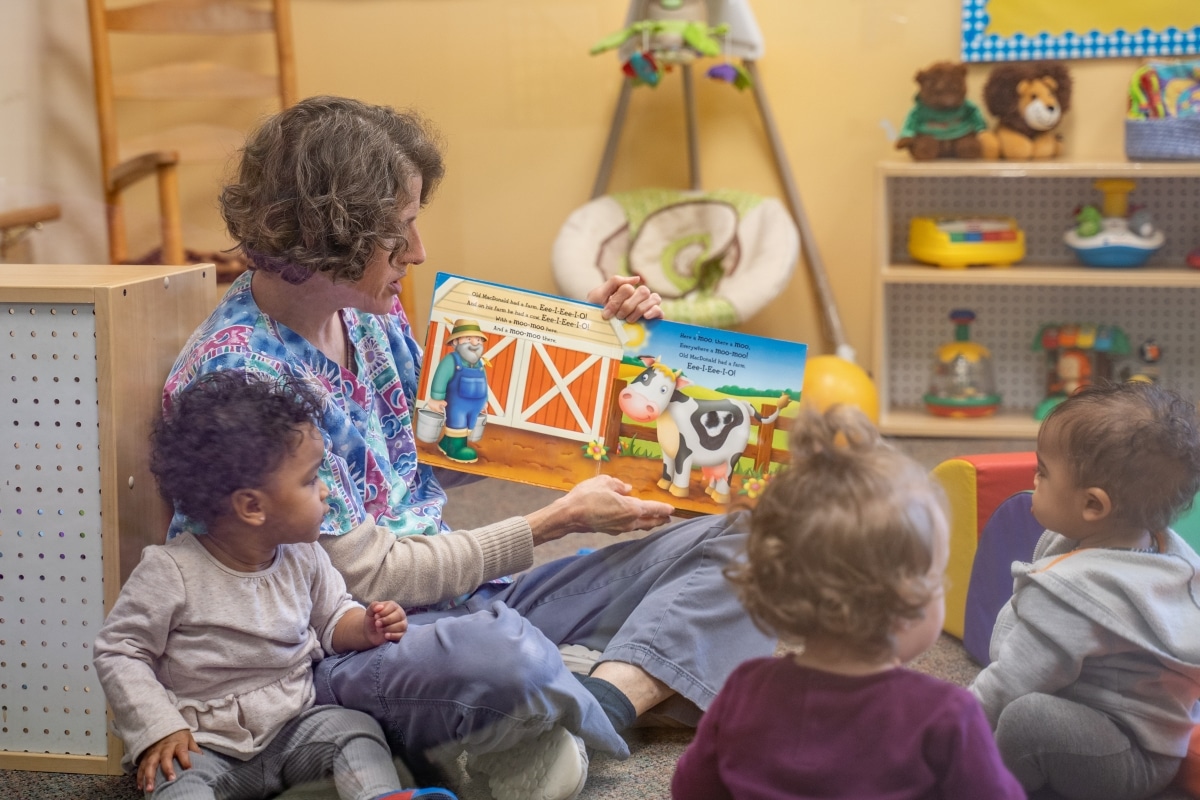By: Krista Schroeder
Sensorial sounds are everywhere in our Montessori environment. Children explore their environment through their senses and sound is often used in a variety of ways while they are in the preschool classroom. “The first of the child’s organs to begin functioning are the senses… They are instruments by which we lay hold of impressions, and these, in the child’s case have to become `incarnated`, made part of his personality.” (Absorbent Mind)
The senses, therefore, are extremely important in education because they provide the foundation for intelligence. Children reach their peak in sensorial education while they are in the Children’s House. The acoustic sense helps us perceive noises in the environment, musical levels of the human voice and the practice of silence. As Aristotle said, “There is nothing in the intellect which was not first in the senses.”
The purpose of sensorial sounds in the Montessori classroom
Sensorial sounds are found all over the Montessori classroom. For example, children work with the sound boxes, the bell work and the silence game in the sensorial area.
Children find that they have to isolate sounds in the sound boxes to match them and place each sound pair together from quietest to loudest. This activity allows the child to become more conscious of the sounds in their environment. (Fernando, 1999, p.8)
The bell work helps children develop the discernment of musical tones. The bells are comprised of 26 individual bells, and while visually similar, they each have a different tone. The children are then able to match bells by their tone, work with tones on a musical scale, and play musical songs and melodies.
The silence game gives children an opportunity to explore how silence can spread in their environments and then children are able to witness the absence of sound within their environments. This all leads to children being conscious of the world around them.
Sensorial sounds are also found while working with practical life, science, geography, language and math. Sensorial materials are presented to the children due to their repetitive nature and the fact that sensorial materials encourage children to investigate and learn more about things by discovery. We use sensorial sounds with children to help develop their overall intellect, observational skills, perceptions of their environments, consciousness and to help with their language and vocabulary development. (Fernando, 1999, p.8)
Sensorial sounds at Step By Step Montessori Schools
As teachers and guides in the Montessori environment, it is our mission to further the education of the child by setting up an environment in the sensorial area that incorporates all of the sensorial curricula, while paying close attention to the sounds. This awareness in the children helps to sharpen their senses and strengthen their perceptions of the world around them. As Dr. Maria Montessori said, “The senses, being explorers of the world, open the way to knowledge.”



